<!-- Global site tag (gtag.js) - Google Analytics
-->
Little Big Horn National Battlefield - Crow Agency, Montana
Little Big Horn National Battlefield is a place that I have heard about off and on throughout my lifetime. If you're like me you won't expect to be emotionally affected by the actual battlefield because you were taught about it, you read about it you saw movies about it and feel you know almost everything about the battle and its cast of historic figures . However, going to the actual battlefield you're left with a somber feeling. Looking out over the rolling hills of arid prairie brings to life to the battle. Reading the signs at significant spots in the battle field created vivid pictures and movies in my mind.
When visiting here one thing is quite clear, the Native American dominance of this fight was impressive and Custer's mismanagement of his troops cost he and his soldiers lives.
A History Lesson
Battle of the Little Bighorn: Mounting Tensions
(Source: Astonishers.com)
The Worst US Army Defeat In The Long Running Plains War
The Native Americans Warriors were led by (left to right) Crazy Horse, Chief Gail and Sitting Bull
(source: Google Images)
Battle Of The Little Bighorn: Custer's Last Stand
At mid-day on June 25, Custer’s 600 men entered the Little Bighorn Valley. Among the Native Americans, word quickly spread of the impending attack. The older Sitting Bull rallied the warriors and saw to the safety of the women and children, while Crazy Horse set off with a large force to meet the attackers head on. Despite Custer’s desperate attempts to regroup his men, they were quickly overwhelmed. Custer and some 200 men in his battalion were attacked by as many as 3,000 Native Americans; within an hour, Custer and all of his soldiers were dead.The Battle of the Little Bighorn, also called Custer’s Last Stand, marked the most decisive Native American victory and the worst U.S. Army defeat in the long Plains Indian War. The demise of Custer and his men outraged many white Americans and confirmed their image of the Indians as wild and bloodthirsty. Meanwhile, the U.S. government increased its efforts to subdue the tribes. Within five years, almost all of the Sioux and Cheyenne would be confined to reservations.
(Source History.com)
(Source History.com) Painted by Edgar Samuel Paxson, 1899. (Credit: GraphicaArtis/Getty Images)
Mass Suicide On The Battle Field?
Rumors persisted for years after the battle that many of Custer's men committed suicide rather than be taken at the hand of the superior force of Native American Warrior's.
Native American oral histories often assert that Custer and his men committed suicide when they realized they had lost. One account from Wooden Leg, a Northern Cheyenne Indian, describes a chaotic scene up on the ridge: “Right away, all of the white men went crazy. Instead of footing us, they turned their guns upon themselves. Almost before we could get to them, every one of them was dead. They killed themselves.”
If you are near Crow Agency, Montana take the time to visit the battlefield. It is of great historical significance and worth the entry fee.
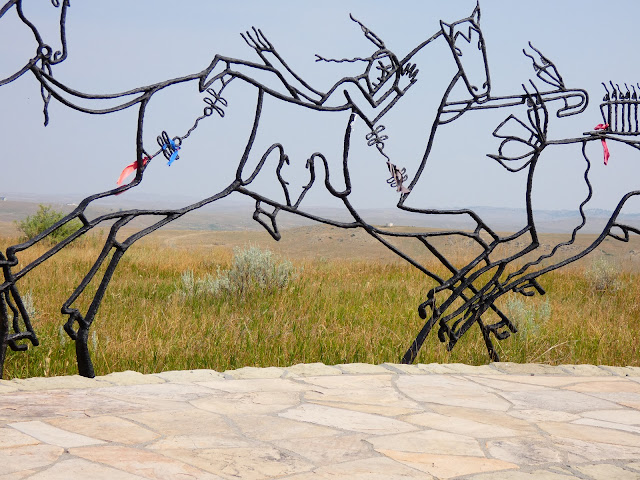



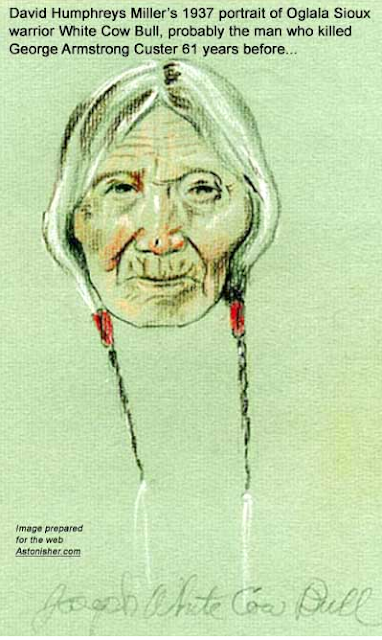
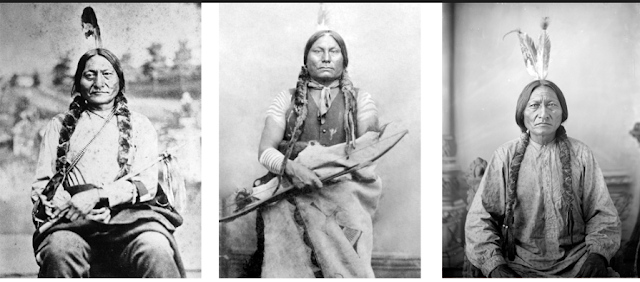






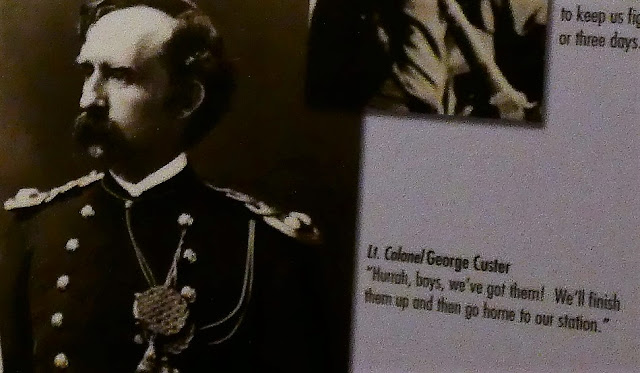
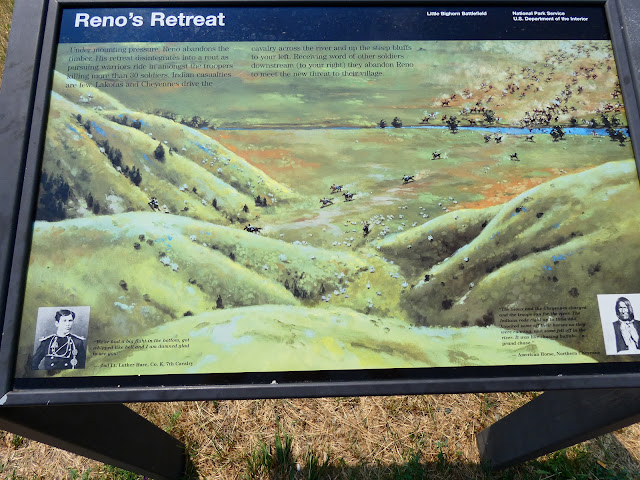

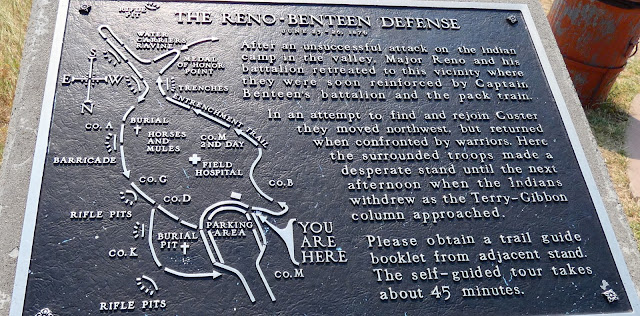



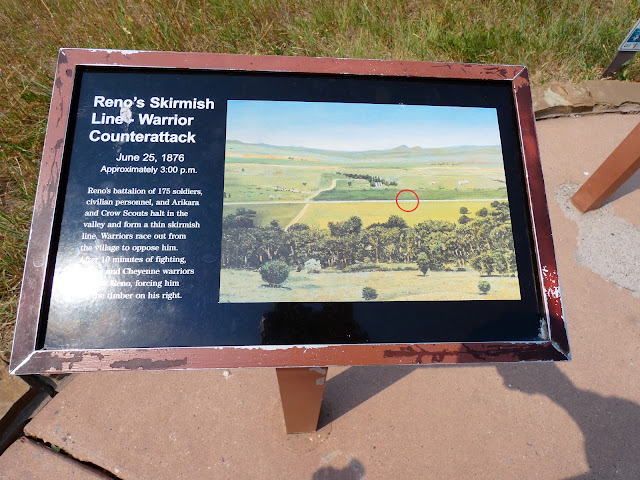

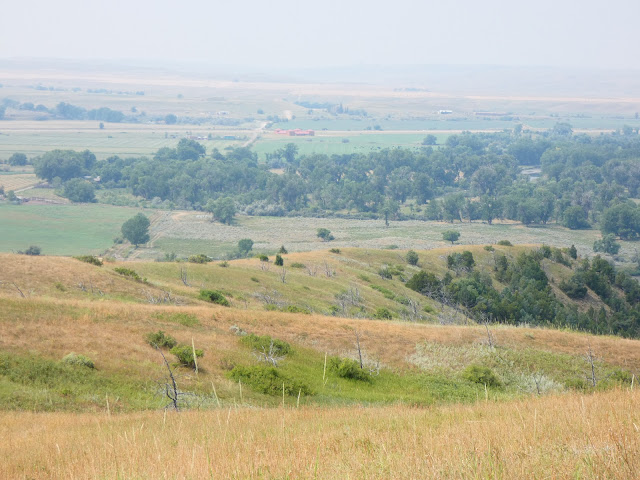
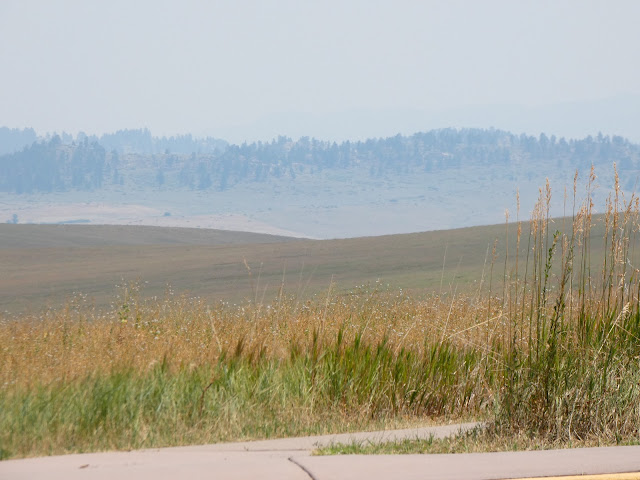







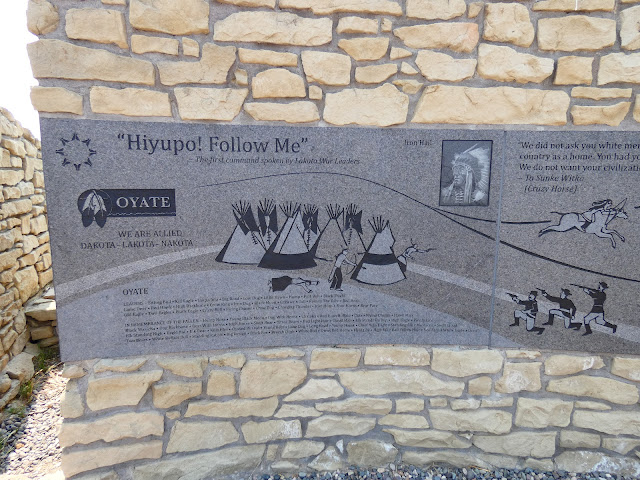

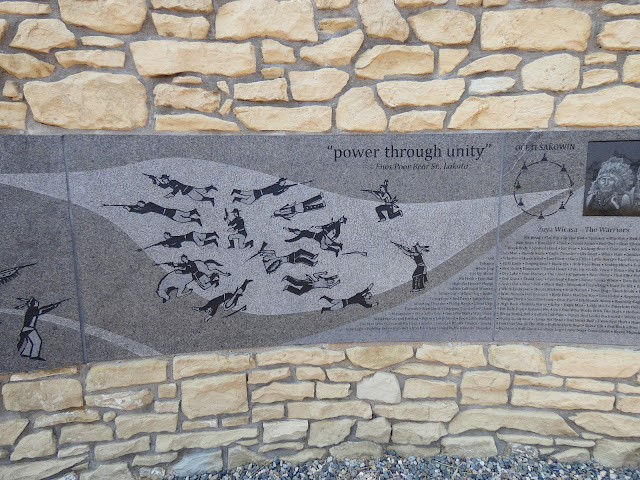
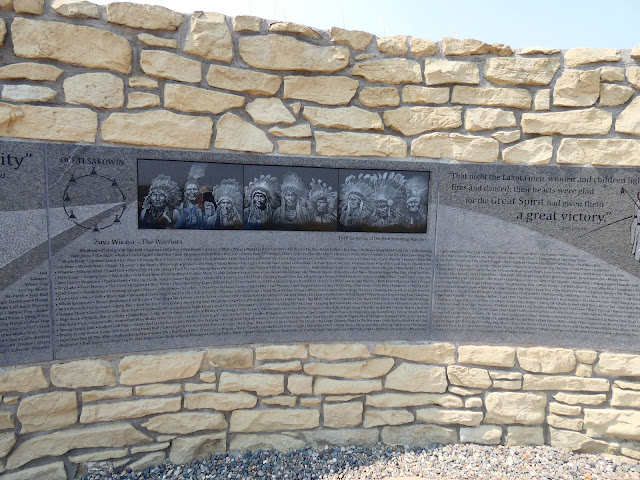


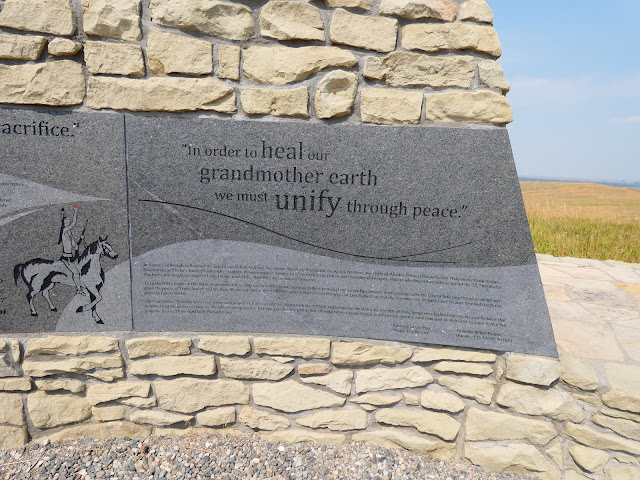


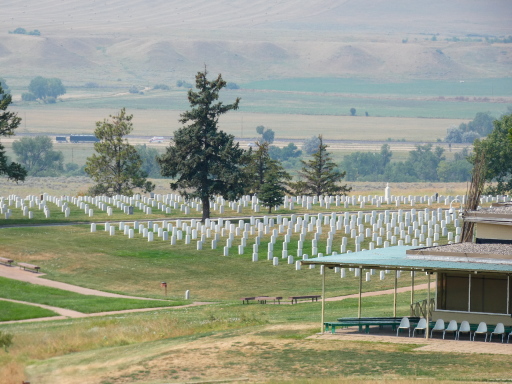


No comments:
Post a Comment
Comments are encouraged. Please let us know how we are doing.